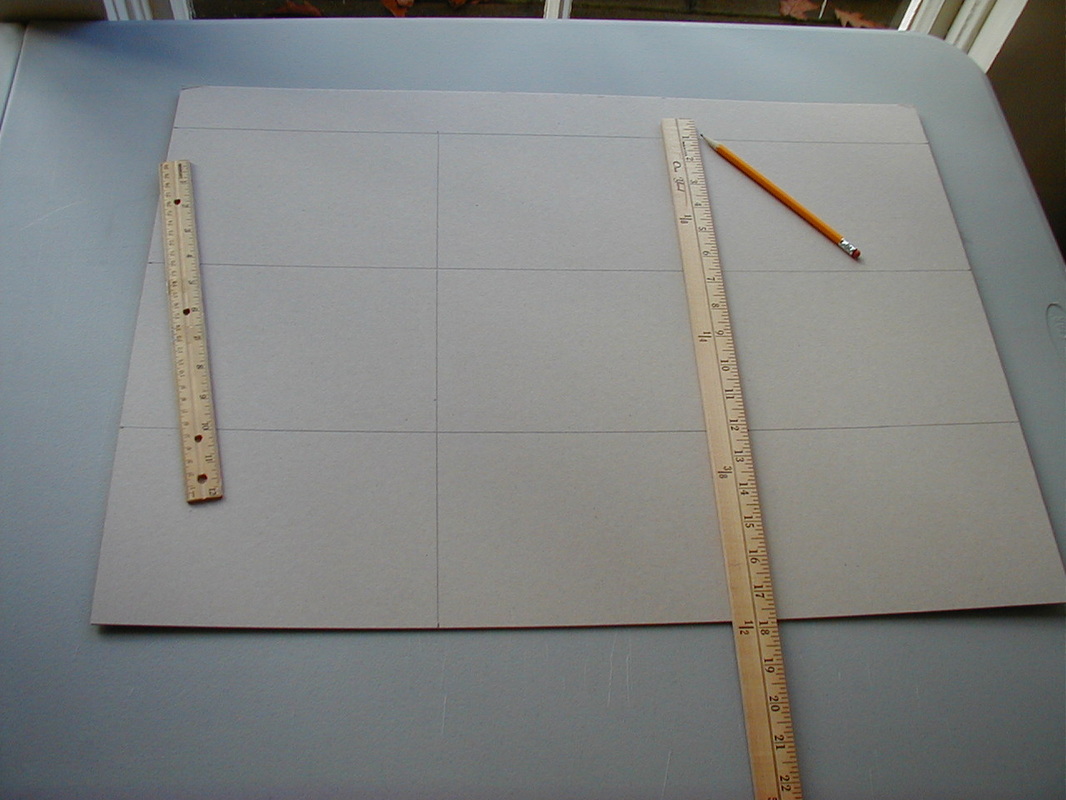The Case
http://www.wmboothdraper.com/
For leather-bound books: Go to the leather wholesaler in the International District. Hunt out pieces of leather thin enough, but with enough square area, to cover books. (Garment leather is ideal.) Get covered in leather dust. Briefly wonder why anyone would ever think goatskin dyed to look like zebra was anything short of incredibly tacky. Hunt through available leather options some more. Buy leather.
(For the sake of simplicity, the remaining text will describe making a cloth-bound book. Leather-bound books have all the same steps, substituting leather for the cloth, and omitting ironing.)
Travel to Seattle and buy coverboard from the art supply section of the U-bookstore. Coverboard is basically acid-free, extremely thick tagboard made specifically for bookbinding.
Using a T-square and a yardstick, mark the coverboard into rectangles sized to match the pages of the text-block. One sheet of coverboard yields 16 of these rectangles (enough to make 8 books).

 RSS Feed
RSS Feed